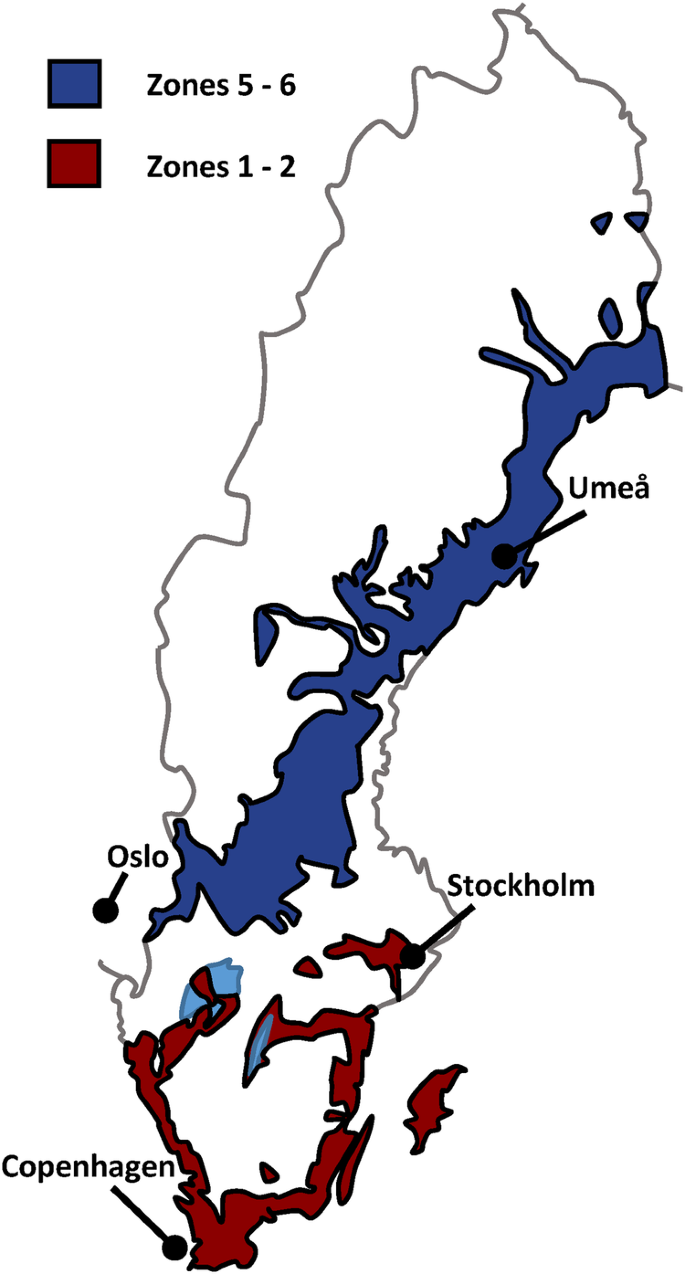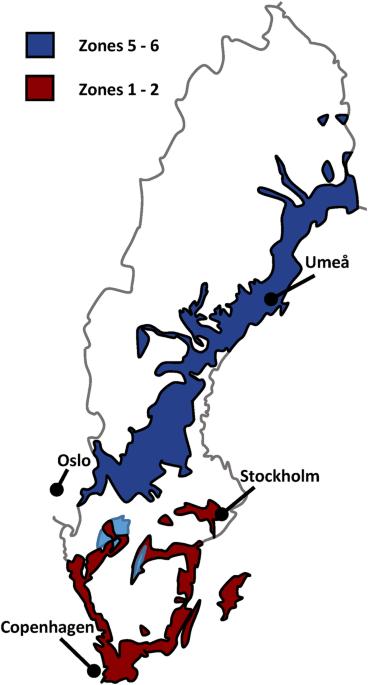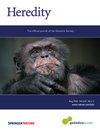我们为何在北方的天空下茁壮成长--苹果适应瑞典北部的基因组选择信号。
IF 3.9
2区 生物学
Q2 ECOLOGY
引用次数: 0
摘要
要想高效培育适应当地气候的苹果栽培品种,就必须充分了解苹果适应北方气候的基因组区域。适当的表型鉴定和评估基础设施对于鉴定适应性性状和分析其遗传组成至关重要。然而,这种基础设施成本高昂,目前在瑞典北部北方地区还不具备。因此,我们利用有关 59 个苹果栽培品种气候适应性的历史果树学数据和全基因组测序技术,在瑞典北部推荐种植的苹果栽培品种中确定了经过历史选择的基因组区域。我们发现苹果栽培品种由两个祖先群体组成,这两个群体与根据果树学文献划分的 "耐寒 "和 "不耐寒 "栽培品种群体基本一致。通过对选择信号的全基因组扫描,我们在 "耐寒 "组苹果栽培品种的 1 号染色体 29 MbHFTH1 附近的基因组区域获得了正选择的有力证据。利用来自 20 K 苹果 Infinium® SNP 阵列的分阶段基因型数据,我们确定了与两个栽培品种组相关的单倍型,并追踪了这些单倍型在一些苹果栽培品种血统中的传播情况。这表明,可以通过群体基因组学方法分析来自果树学文献的历史数据,从而揭示园艺利基市场关键特性的基因组控制。我们需要这些知识来促进高效的育种策略,以便在未来开发出适应当地的苹果栽培品种。当前的研究说明了气候因素对林木作物施加的强大选择压力的反应,也说明了在当前气候变化的背景下,对这一主题进行基因研究的重要性和育种工作的可行性。本文章由计算机程序翻译,如有差异,请以英文原文为准。


Why we thrive beneath a northern sky – genomic signals of selection in apple for adaptation to northern Sweden
Good understanding of the genomic regions underlying adaptation of apple to boreal climates is needed to facilitate efficient breeding of locally adapted apple cultivars. Proper infrastructure for phenotyping and evaluation is essential for identification of traits responsible for adaptation, and dissection of their genetic composition. However, such infrastructure is costly and currently not available for the boreal zone of northern Sweden. Therefore, we used historical pomological data on climate adaptation of 59 apple cultivars and whole genome sequencing to identify genomic regions that have undergone historical selection among apple cultivars recommended for cultivation in northern Sweden. We found the apple collection to be composed of two ancestral groups that are largely concordant with the grouping into ‘hardy’ and ‘not hardy’ cultivars based on the pomological literature. Using a number of genome-wide scans for signals of selection, we obtained strong evidence of positive selection at a genomic region around 29 MbHFTH1 of chromosome 1 among apple cultivars in the ‘hardy’ group. Using phased genotypic data from the 20 K apple Infinium® SNP array, we identified haplotypes associated with the two cultivar groups and traced transmission of these haplotypes through the pedigrees of some apple cultivars. This demonstrates that historical data from pomological literature can be analyzed by population genomic approaches as a step towards revealing the genomic control of a key property for a horticultural niche market. Such knowledge is needed to facilitate efficient breeding strategies for development of locally adapted apple cultivars in the future. The current study illustrates the response to a very strong selective pressure imposed on tree crops by climatic factors, and the importance of genetic research on this topic and feasibility of breeding efforts in the light of the ongoing climate change.
求助全文
通过发布文献求助,成功后即可免费获取论文全文。
去求助
来源期刊

Heredity
生物-进化生物学
CiteScore
7.50
自引率
2.60%
发文量
84
审稿时长
4-8 weeks
期刊介绍:
Heredity is the official journal of the Genetics Society. It covers a broad range of topics within the field of genetics and therefore papers must address conceptual or applied issues of interest to the journal''s wide readership
 求助内容:
求助内容: 应助结果提醒方式:
应助结果提醒方式:


